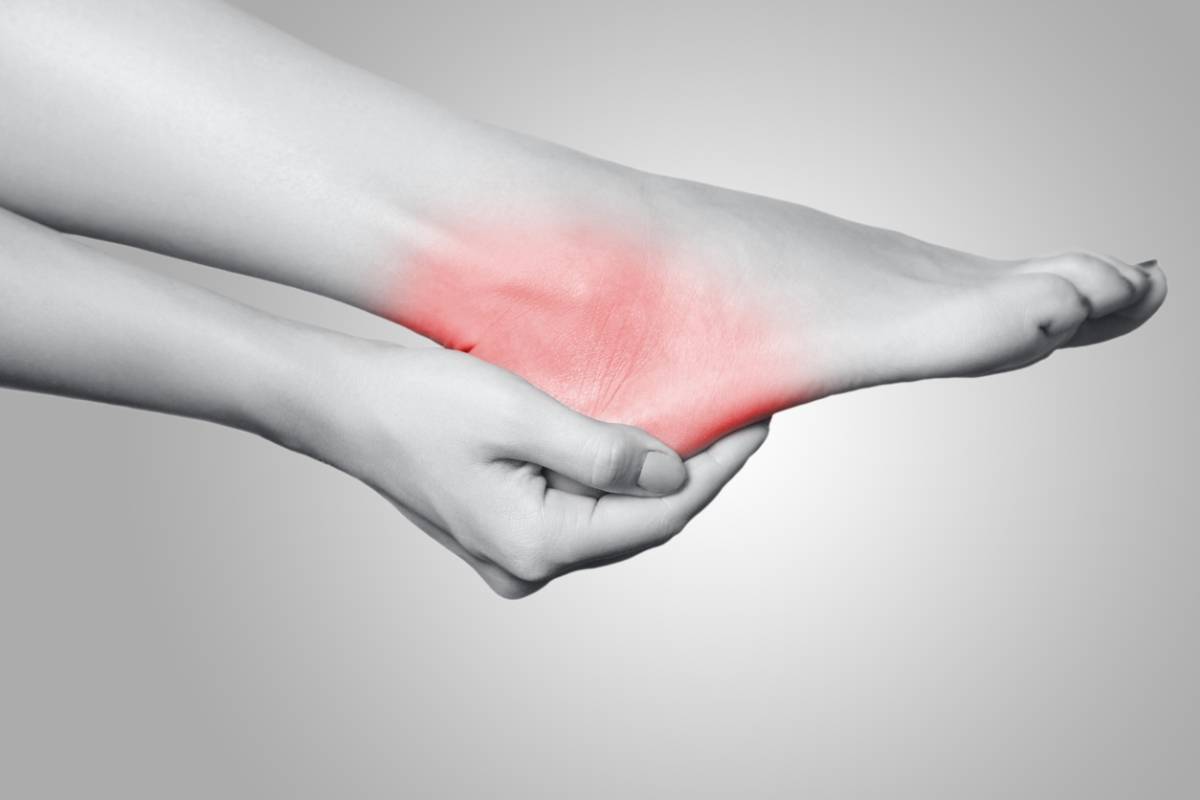Heel fat pad syndrome impacts the thickness and elasticity in your heel pad. The condition is often due to the natural wear and tear that comes with natural aging. You may wonder, what is heel fat pad syndrome? The condition impacts the cushion pad on the bottom of your heel. The pad found on the bottom of your heel is made up of fatty tissue and muscle fibers. Below you will find more information about the causes, symptoms, and treatment for heel fat pad syndrome.
What Is Heel Fat Pad Syndrome?
While the natural wear and tear of life can impact your heel pad, there are a number of other causes of heel fat pad syndrome beyond just natural aging. Below are some of the common causes of the condition.
Obesity:
Those who are overweight or obese are more susceptible to getting this syndrome. Excess weight can place extra pressure on your heels which causes them to wear down much quicker. Maintaining a healthy weight can help preserve your heel fat pad.
Unsupportive Footwear:
Supportive footwear is helpful for your heel fat pad and your overall gait. Walking barefoot or on flats can put extra pressure on your heel. This can cause your heel fat pad to wear down much faster as supportive shoes can create a cushion between the bottom of your feet and hard surfaces. Wearing supportive shoes is important for the longevity of your heel fat pad.
Natural Foot Structure:
Your weight should be evenly distributed across your feet. This can ensure that excess pressure is not placed on one area of your foot, like your heel. Sometimes your natural foot structure can impact the distribution of your weight and cause issues with your heel fat pad. If you experience regular foot pain or discomfort, contact a skilled podiatrist in Los Angeles for their recommendations on how to care for your feet based on your unique foot structure.
Repetitive Physical Activity:
Certain physical activities that require repetitive movements, especially on hard surfaces, can impact your heel fat pad. For example, running, playing basketball, and tennis can all cause issues with your heel fat pad. The repeated impact on your heel can wear down your heel fat pad. Wear supportive shoes and pay attention to any consistent pain in your feet.
Standing on Hard Surfaces:
Hard surfaces can place excess pressure on your heel fat pads. If you have a job that requires standing for long periods of time on hard surfaces, this can impact your feet and heels. Try and take breaks as much as possible, wear supportive shoes, and stand on a cushioned mat while you work.
Symptoms of Heel Fat Pad Syndrome
There are a number of symptoms associated with heel fat pad syndrome. If you experience any of the following, schedule an appointment with an experienced podiatrist.
- Deep Pain: Pain in your heel when you walk, run, or stand for a long time can be a sign of heel fat pad syndrome. The pain feels like a deep bruise.
- Worsening Pain: Pain increases when you do certain activities is a sign of this syndrome. For example, when you walk or stand barefoot, walk on hard surfaces, or take part in high-impact activities.
- One-Sided: Pain is often experienced in one of your heels, but not both.
- Pain in the Center: Heel fat pad syndrome is often felt in the center of the area.
Expert Treatment
If you experience any of the symptoms of the condition and think you may have this syndrome, treatment is necessary. The most effective treatment option for this condition is a fat pad augmentation. The treatment includes inserting a heel graft which can dramatically reduce your pain and improve your gait. Patients who have had the treatment report major improvements.


